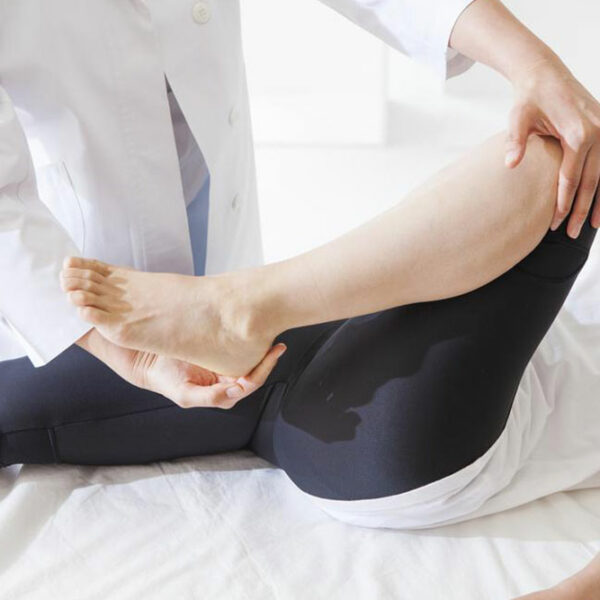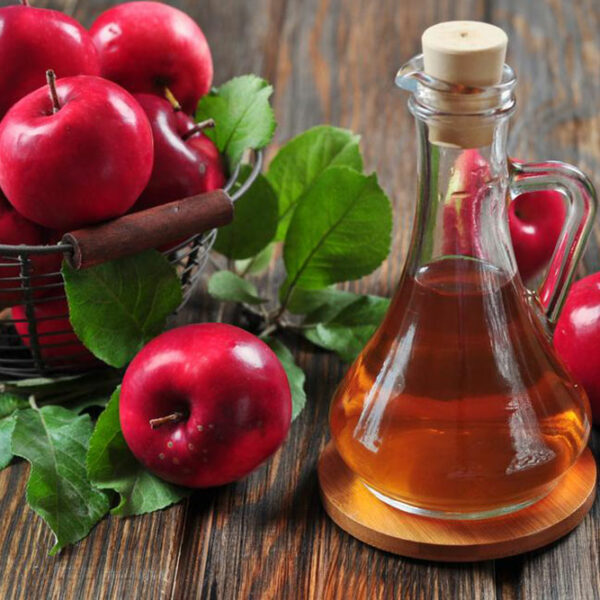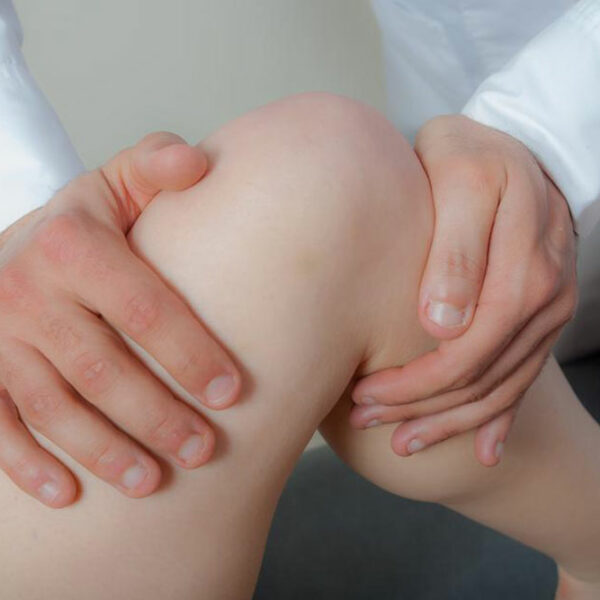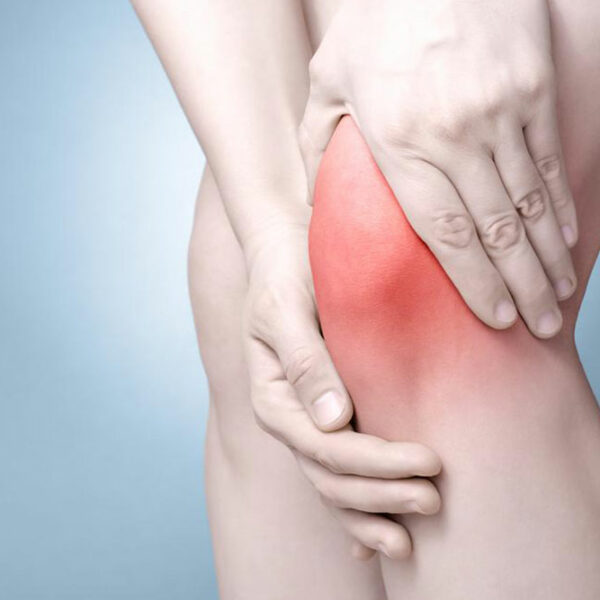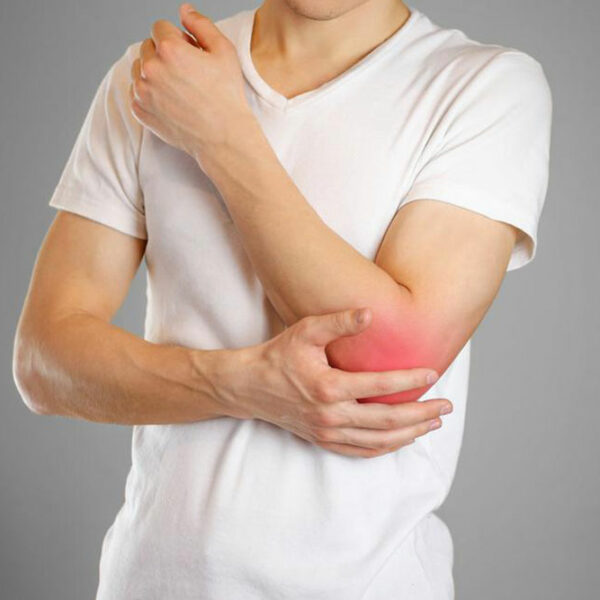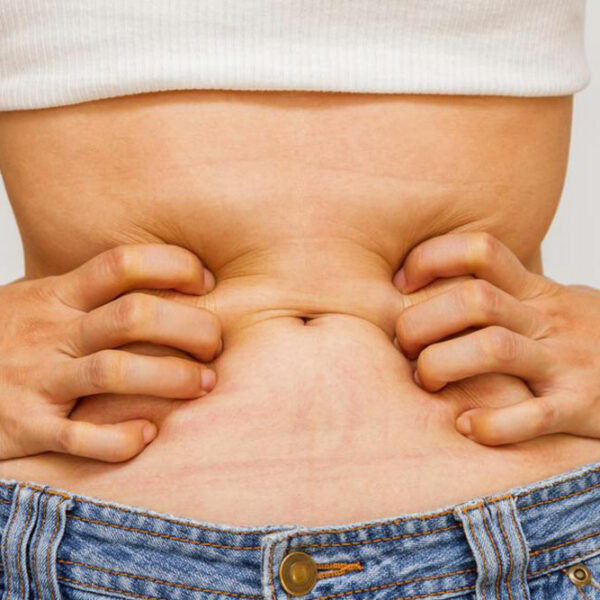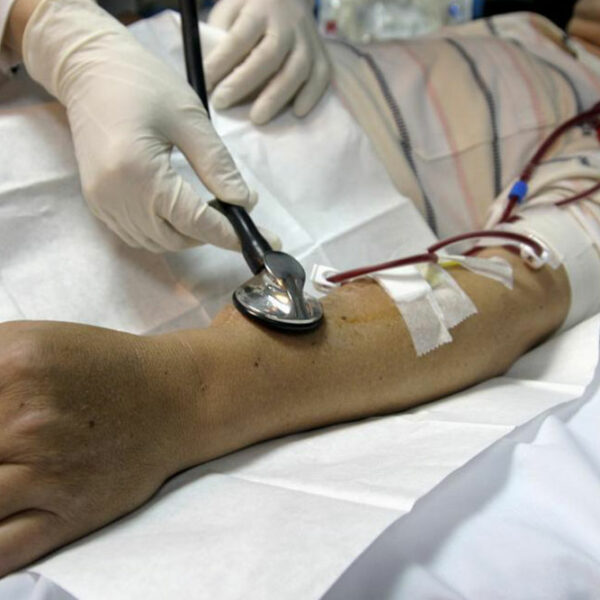
5 useful things a person undergoing kidney dialysis should know
Chronic kidney disorder or kidney disease progresses through stages. The stages of kidney failure start from Stage 1, which is a mild form of kidney problem, and then proceeds to Stage 5. Kidney dialysis is required after the fourth stage of kidney failure. In some cases, the progress of kidney failure may not be rapid. So, the affected person goes without kidney dialysis for years. However, in case of rapid deterioration of kidney function, kidney dialysis or transplant or both might be required. Kidney dialysis replaces the kidney’s functions and helps a person with kidney failure to live a relatively healthier life. Since dialysis becomes a crucial part, it is necessary to stay informed about the various aspects of this treatment in order to make informed decisions before dialysis and even while undergoing dialysis. Here are a few useful things to know: Kidney dialysis treatment options : Have a careful and detailed discussion with your doctor regarding the treatment plan. Decide on the type of dialysis you want and whether you like to opt to undergo dialysis in a hospital, in a dialysis center or within the comforts of your home. Take into consideration your medical condition and financial abilities.

